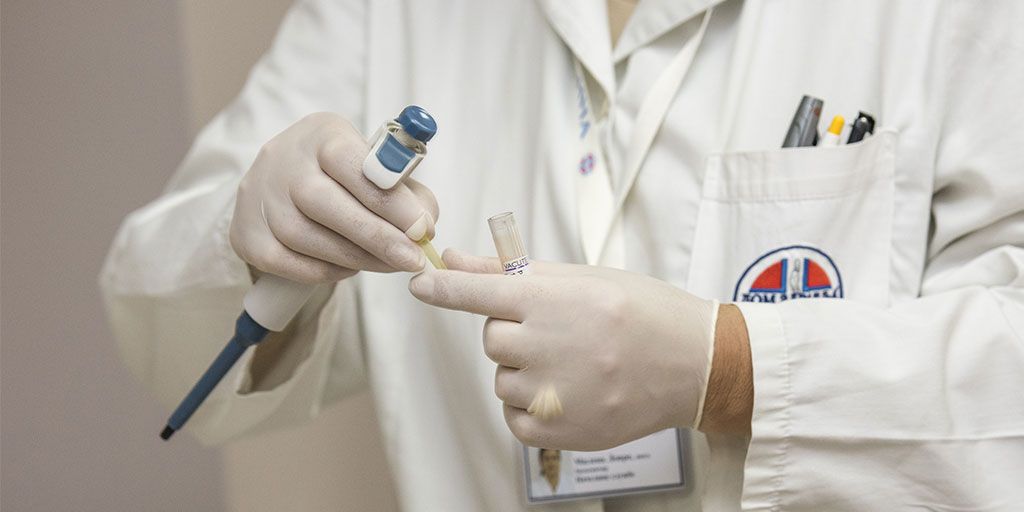Exceptional Support and Delivery to a Client During COVID-19
The NHS in London during the first wave of Covid-19 faced unprecedented pressures, being the first and most heavily impacted region. Whilst ITU capacity was being rapidly expanded based on modelled demand, there was no model that helped London to understand whether there would be sufficient capacity in community health and social care services.
CF supported creating this understanding across all five health systems and 32 boroughs of London. We coordinated discharge studies, modelled likely scenarios and supported operational leaders across the city to interpret data and make decisions about care provision.
The team rapidly established an approach to modelling, working flexibly and through weekends, bringing together colleagues from across London to build on work already underway, and bringing expertise from CF in health capacity planning together with on-the-ground data. The models were designed with local customisation at heart. Each local system was able and supported to input their own data and assumptions to suit their local population and services, with each area able to interact with the models in a meaningful way. As more information emerged about the needs of patients, models were rapidly updated and distributed to reflect this – with the boundaries and thinking being pushed ahead of the national guidance and policy.
The partnership created a model for whole system health and care services, creating, for the first time, a complete picture of services across the capital, enabling local leaders to make decisions to ensure sufficient and appropriate community services were in place.
Throughout the work, the team worked in true partnership with the NHS London regional team, and London ADASS, London Councils, and LSE and Imperial academics at a pan-London level. This brought stakeholders together from across health and social care to ensure there was a single approach to understanding community and social care capacity and that this was directly linked to acute planning in a way that was meaningful for colleagues in the community. In order to make sure that the central modelling was impactful and meaningful at a local level, each of the five health systems also had dedicated support to localise the models, embed them in operational planning and make critical decisions about commissioning care capacity.
The partnership shone a light on out-of-hospital services that enabled safe care for people across the capital in their communities and left a legacy of modelling tools that have been used to support planning for both subsequent waves of Covid and the restoration of normal NHS services.
Following the work, the modelling approach has been adopted by NHS England nationally and is now built into the national Integrated Planning Tool that supports health systems to plan their future health and care activity.
View the Carnall Farrar profile in the MCA Members Directory.

